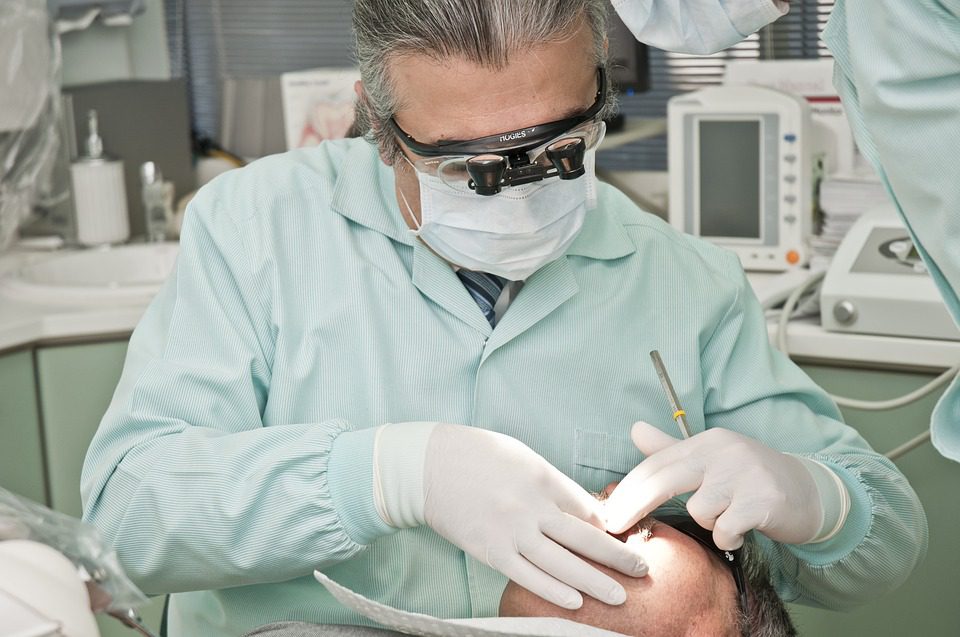Dental prophylaxis, commonly referred to as a teeth cleaning, is a treatment that helps stop the progression of gingivitis and periodontal disease. The procedure involves thoroughly cleaning the teeth and is an important and necessary treatment when it comes to protecting your teeth.

(Pixabay / drshohmelian)
While periodontal disease and gingivitis aren’t always on your mind when you brush and floss at night, but if left untreated both diseases can cause extensive damage to your teeth and gums. Gingivitis precedes periodontal disease and presents itself through the gum bleeding when your brush or floss your teeth. If left untreated, gingivitis can lead to periodontal disease.
Both gingivitis and periodontal disease are caused by bacteria on the gum tissue that rests either above or below the gum line. If the teeth aren’t given a good, thorough cleaning on a regular basis, the colonies of bacteria can cause inflammation and irritation which can lead to the creation of a chronic inflammatory response in the body. This, in turn, will cause the body to destroy bone and gum tissue. In time, the weakness in the gum tissue will cause teeth to shift or even fall out. While teeth falling out is the stuff of nightmares, it’s not the worst that can happen. If the infection is continually left untreated, the bacteria could eventually travel into the bloodstream through the gum pockets and infect other parts of the body.
Prophylaxis is a preventative procedure that stops the progression of gum disease by keeping your teeth and gums in good health. Prophylaxis helps prevent these diseases because the procedure is a more thorough cleaning than you could ever accomplish with your toothbrush. Prophylaxis also helps remove tartar, improve the aesthetics of the teeth, and makes the breath fresher. Prophylaxis can even help dentists identify current or potential health problems since many health issues present signs in the mouth first.
Here are a variety of methods to gauge your oral health.
- Supragingival cleaning — In this stage, the dentist will use scaling tools to clean the area above the gum line. This helps rid the teeth of calculus and plaque.
- Subgingival cleaning — This next stage involves the removal of calculus from the gum pockets and beneath the gum line. If you have or are at risk for periodontal disease, this step is of the utmost importance.
- Root planing — The root of the tooth is smoothed to eliminate any remaining bacteria. This is another essential stage for those who already have periodontitis.
- Medication — In this portion of the procedure, the dentist applies an antibiotic or antimicrobial cream in the gum pockets to help them heal faster.
- X-ray and examination — Getting an X-ray on a regular basis can help your dentist spot any periodontal disease that can’t be seen with the naked eye. Through using X-rays, they can see just how much the bone and gum have receded which can then help pinpoint areas that need more attention and care.
Prophylaxis should be performed twice a year as a preventative measure. However, if you already suffer from periodontitis, you should receive treatment three to four times a year to stop the disease from progressing.
